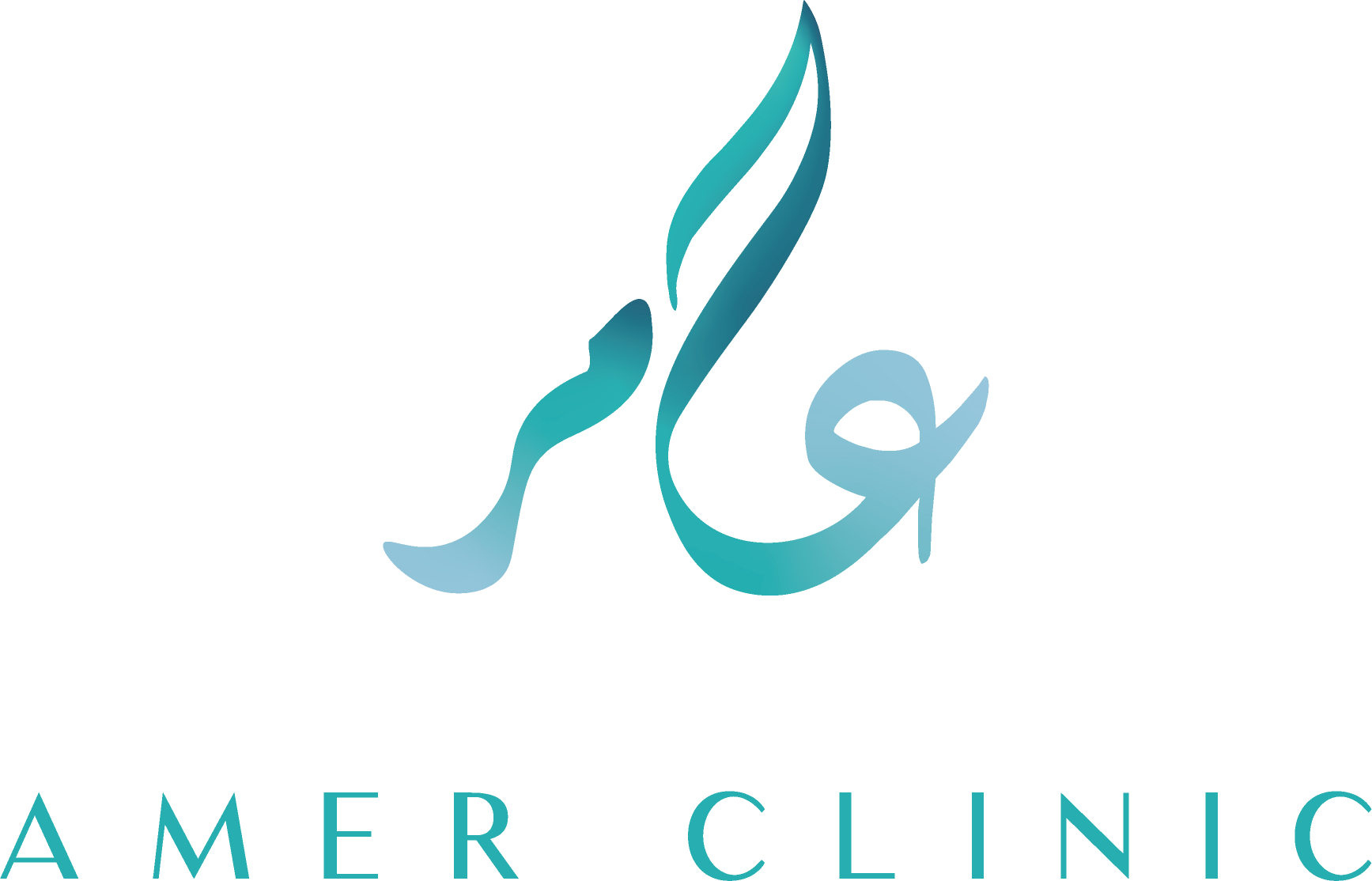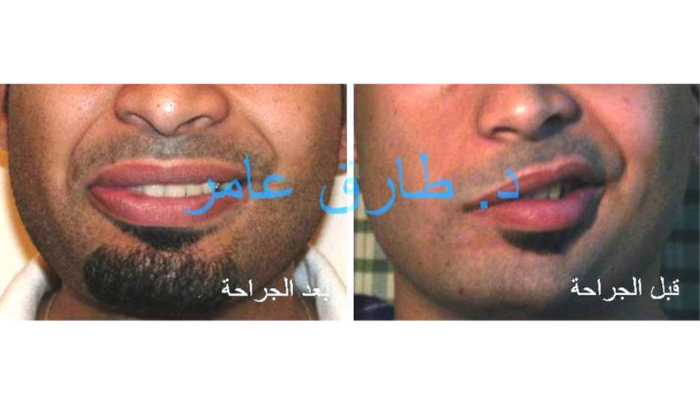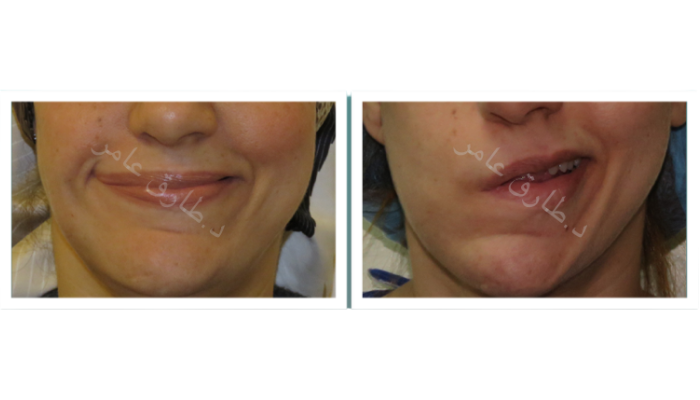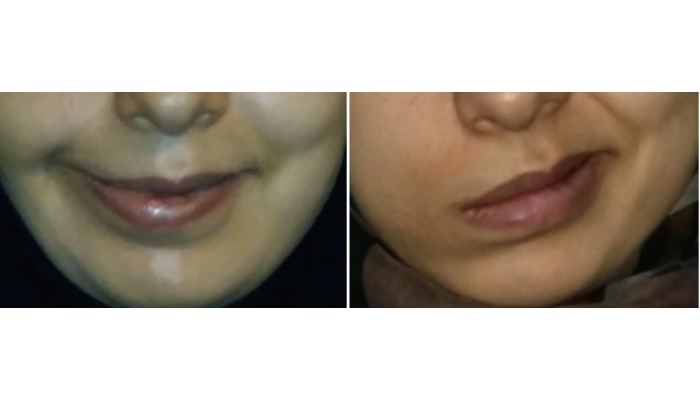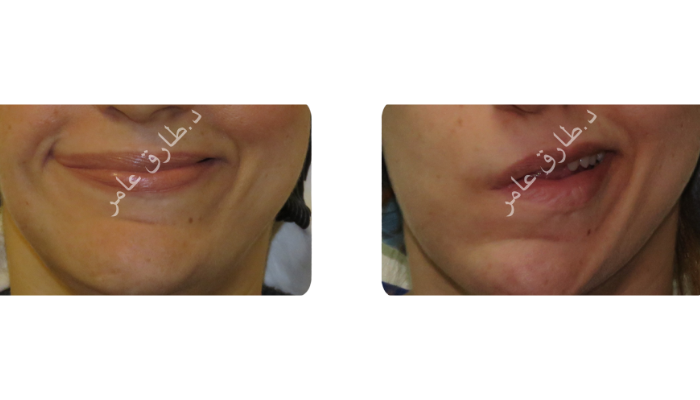a field he has specialized in since 2000.
Dr. Tarek Amer: Middle East Pioneer in Facial Nerve Paralysis Treatment
Dr. Tarek Amer is a Professor of Plastic Surgery and Microsurgery at Kasr El Aini Faculty of Medicine, Cairo University, and a pioneer in seventh nerve surgeries and precise microsurgeries since 2000. Dr. Tarek Amer graduated from Kasr El Aini Faculty of Medicine, Cairo University, the largest and most prestigious medical school in the Middle East, in 1994, and then obtained his Master’s and Doctorate degrees from the same university. Believing in the necessity of continuous learning to enhance medical skills and provide distinguished medical service to patients, Dr. Tarek completed his studies abroad after obtaining his Doctorate to become a Fellow of the Royal College of Plastic Surgeons in Ireland, then a Fellow of Queen Mary Hospital and a Fellow of Chung Gang University in Taiwan for microsurgeries.
Facial Paralysis
Facial Paralysis is a condition characterized by the loss of muscle function on one or both sides of the face. This impairment stems from damage to the facial nerve, which controls facial muscles responsible for expressions, eye closure, and oral functions. The impact of facial paralysis can range from mild weakness to complete immobility, significantly affecting a person’s ability to communicate and perform everyday tasks.
Causes
Manifestations
Treatment
Facial Synkinesis
Post-paretic facial synkinesis is a condition that can occur after a facial nerve injury, commonly due to conditions like Bell’s palsy. When the facial nerve is damaged, the muscles of the face may not function correctly, leading to weakness or paralysis. After some recovery, individuals might experience synkinesis, where involuntary contractions occur in different facial muscles when attempting to move others. For instance, when a person tries to smile, their eye may unintentionally close.
